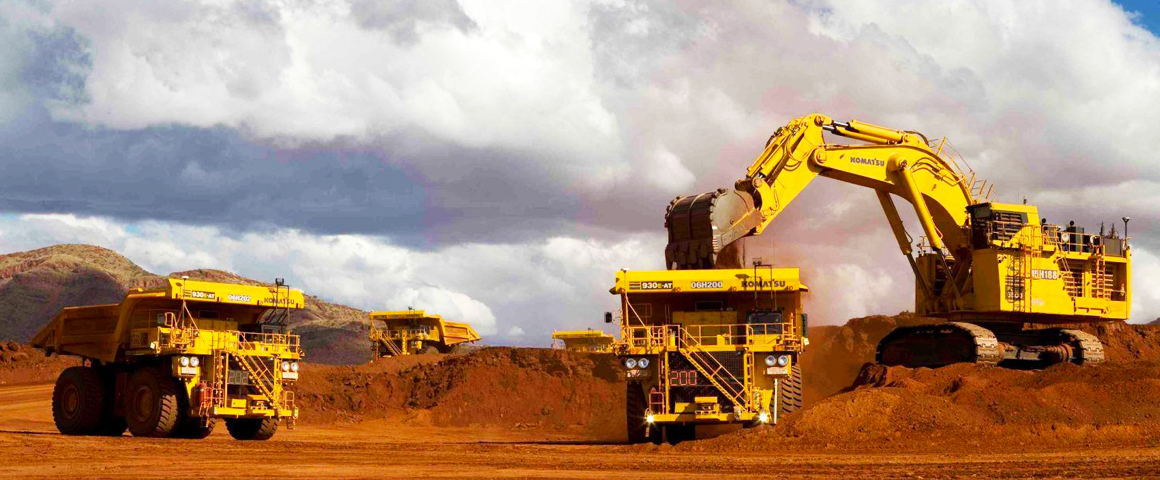Driverless trucks are on the way sooner than most workers realize, as corporations seek to raise profits by cutting labour costs. Media reports indicate that investors and researchers agree that tech change in the trucking industry will soon replace 1.7 million jobs in the U.S., where trucking was the most common job in 28 states in 2014. Some predict that pay rates for the remaining human drivers will fall rapidly from the current average annual of $42,500. The jobs of another 1.7 million taxi, bus and delivery vehicle drivers are also at stake.
In April 2016, Uber acquired “Otto”, a kit to turn any big rig into a self-driving truck. The Otto technology enables trucks to navigate highways, stay in a lane, and respond to traffic conditions without human intervention. Otto’s equipment currently costs about $30,000, far less than the annual pay for a driver, and that number will drop in the coming years.
Massive automated vehicles are widely used in the Australian mining industry. Daimler, the German multinational company, has demonstrated its own model, a giant 18-wheeler with a “highway pilot” mode available (meaning a driver has to remain present, prompting the head of the US branch to say that “tomorrow’s driver will be a logistics manager”). Another approach is to use automated convoys, in which self-driving trucks follow a lead vehicle.
Advocates of driverless technology argue that in the US alone, large trucks are involved in about 350,000 crashes a year, resulting in nearly 4,000 fatalities. They claim that the potential savings in lives, property damage and exposure to liability will eventually become irresistible.
Canada is not immune from this trend. The union representing more than 3,400 Suncor Energy employees in the Alberta tar sands says workers are “under attack”, with hundreds of jobs at stake as the company introduces automated haul trucks. Suncor has confirmed that a net loss of 400 jobs is expected as the drivers of 150 trucks are replaced by computers, sensors and GPS systems at the North Steepbank Mine north of Fort McMurray.
“If this technology works and makes huge profits at one site, they will be bringing it into all of their sites. Other companies will copy it,” said Ken Smith, president of Unifor Local 707A. “If they downsize the local workforce in the oilsands, they will downsize Fort McMurray.”
Suncor began experimenting with “autonomous haulage systems technology” in 2013. The company’s evaluation of a pilot project involving six trucks ended last summer. Suncor says that impacted workers will have opportunities to be retrained, but the union responds that its members learned about the automated trucks when the media was told.
While Suncor is the first oilsands company to adopt this technology on such a wide scale, it has been introduced at in other parts of the world. Tokyo-based Komatsu estimates more than 1 billion tonnes of material have been moved by its automated trucks, mainly in Chile and Australia. Suncor will use the same trucks, which are capable of moving 400-tonnes of material.




